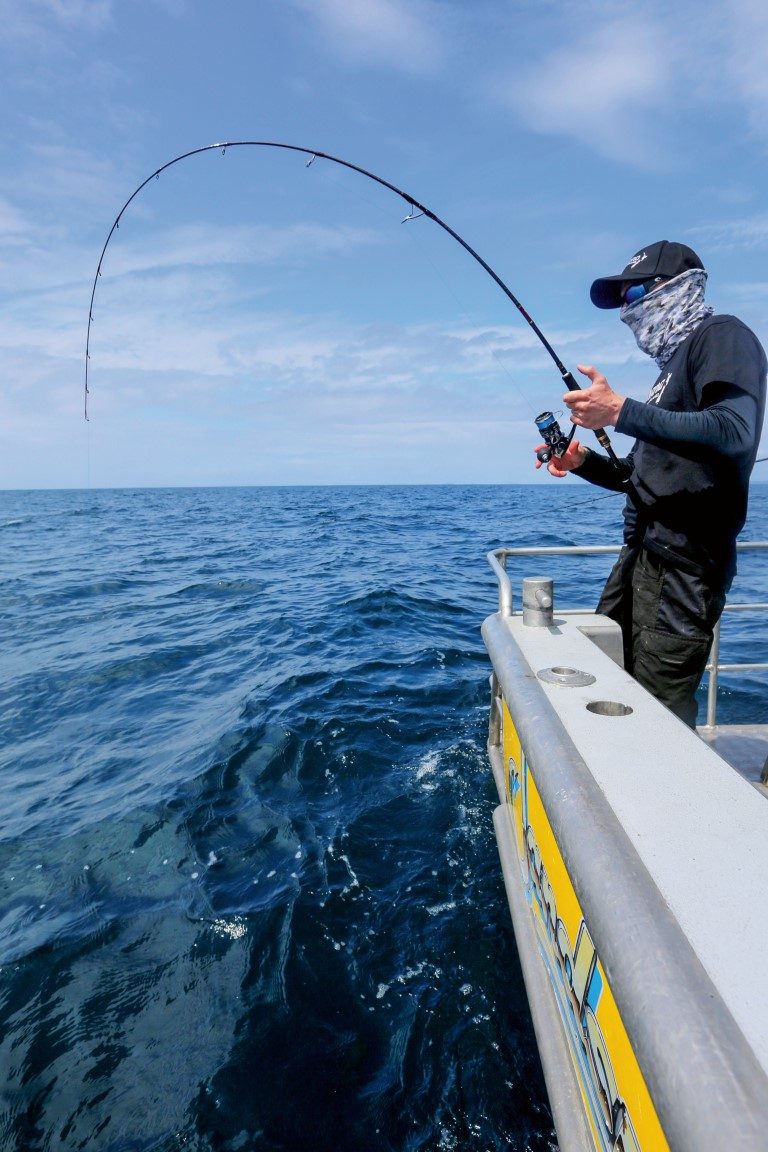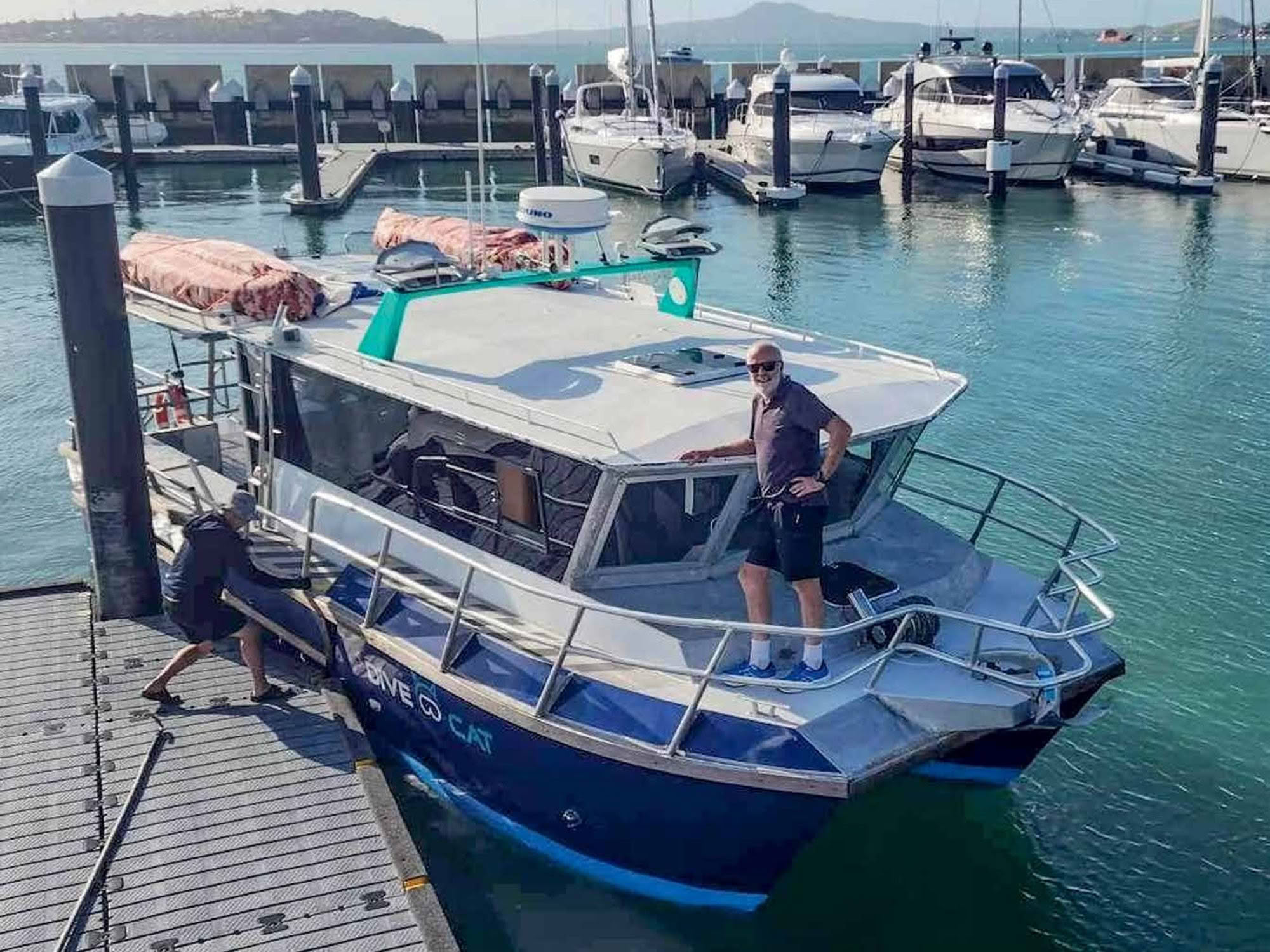

A fishing rod is a wonder of technology: strong, flexible and light. But it’s also very fragile if not treated appropriately, writes Mark Kitteridge.
I have seen lots of rods broken in lots of different ways. The vast majority of breakages were preventable. What follows are a few tips to keep your rods from suffering the same fate.
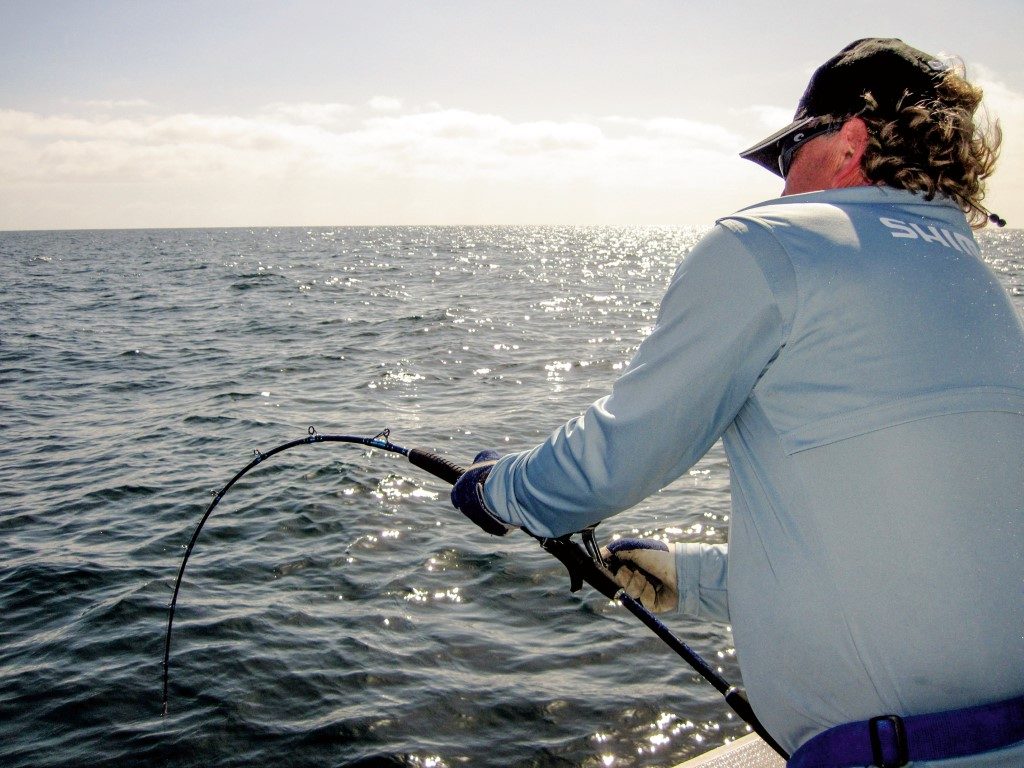
- Beware of leaving unwashed sea-fishing rods in cloth bags for long periods, particularly if the bag has been soaked in salt water (it sounds weird, but a light lick will tell you!). Any metal rod components that are not truly salt-resistant will corrode, bubble and stick to the bag.
- When preparing to load rods into a vehicle, never lean them up against the the car, especially between open doors or the hatch/boot lids; a gust of wind can see your expensive tackle crashing to the concrete or bitumen, potentially cracking rod guide inserts, while doors/boots accidentally slamming shut have even more catastrophic results.
- Rigged outfits should be loaded into vehicles tip-first from a rear door or via the rear hatch, but beware of crevices and dashboard air vents that can trap delicate rod tips, snapping them. Some vehicles have fold-down seat backs in the rear that allow rods to be stored lengthwise more easily, but always load heavier outfits first with the lighter ones on top; use Velcro straps to strap multiple outfits firmly together to prevent damage from vibration and annoying rattling over long trips. Reel bags protect reels from damage.
- Electric windows kill rod tips! If the rods are stored alongside the front passenger window, be very careful when opening and closing it!
- If travelling overseas, use a proper rod-carrying tube – to fit more in, tape multiple rods together, alternating them top to tail, with the guides facing inwards. Place a T-shirt or pair of undies at each end, then adjust the tube length so the rod bundle is snug with no slop. Lock and/or tape the latches closed. (Be careful of whirring overhead fans when unpacking tour rods in tropical destinations, too!)
- Once on board the boat, the rods need to be safely stored while underway. Bigger boats may have specialised rod lockers or internal racks, making life easier, but trailer boats and inflatables often struggle for safe rod storage.

Some options are as follows:
- Transom and through-coaming rod holders are a decent start, but in rough conditions salt water smashing the reels can lead to internal corrosion damage if they are not properly cleaned or serviced afterwards.
- Rod holders up in the bow can be useful, but outfits stored there are subject to more pitch and very exposed to spray. Rod holders in the bow are better for short-term stowage whilst fishing or moving from one spot to another nearby.
- Rod holders fitted horizontally along gunwales provide one of the best options, keeping outfits safe, secure and sheltered from the worst of the spray, yet easy to access. However, few craft under 6m in length can accommodate today’s longer 7’6”-8’6” soft-bait and stick-bait rods in this way.
- Rocket launchers. These are one of the most popular ways to store multiple rods. However, boat designers often sacrifice function for looks, raking the rod-holders back too far. While they retain a racy, sleek appearance in keeping with the rest of the vessel when loaded with rods, those rods intrude into cockpit ‘air’ space, making casting and striking difficult. Such racks are also prone to ‘dumping’ outfits in rough conditions. More upright rocket launchers are better, but they too have problems, especially when loaded with the longer rods favoured by soft-baiters and stick-baiters these days. In rough conditions when boats pound, long rods tend to whip around, smashing into neighbouring rods in the process. In fact the whiplash effect can be so severe, rods may point-load and snap, especially if the outfit is stored rigged with the rod bent under load (to secure the terminal tackle and prevent it lashing around loose…).
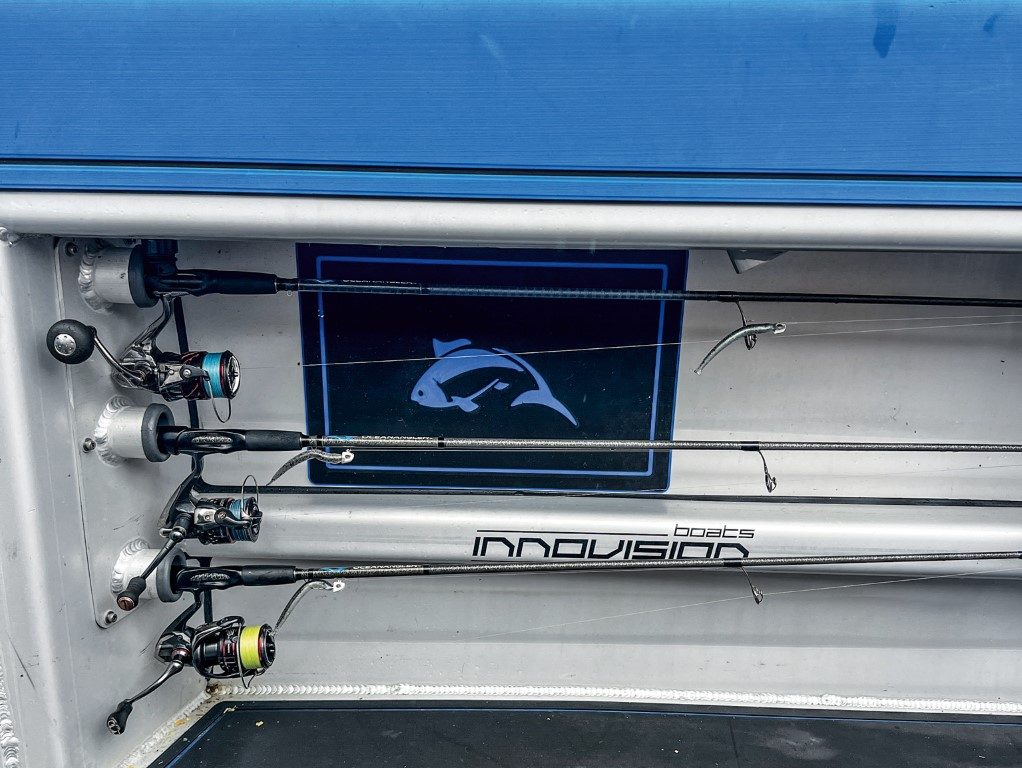
One of the worst culprits for damaging rods is a design I initially lauded – in-line parallel rod racks that line both sides of the cockpit. Yes, they’re fantastic for reducing rod intrusion into the cockpit, but long rods tend flex and whip, contacting their neighbours in rough weather, which can cause catastrophic damage. (On one trip we lost five out of eight rods this way.)
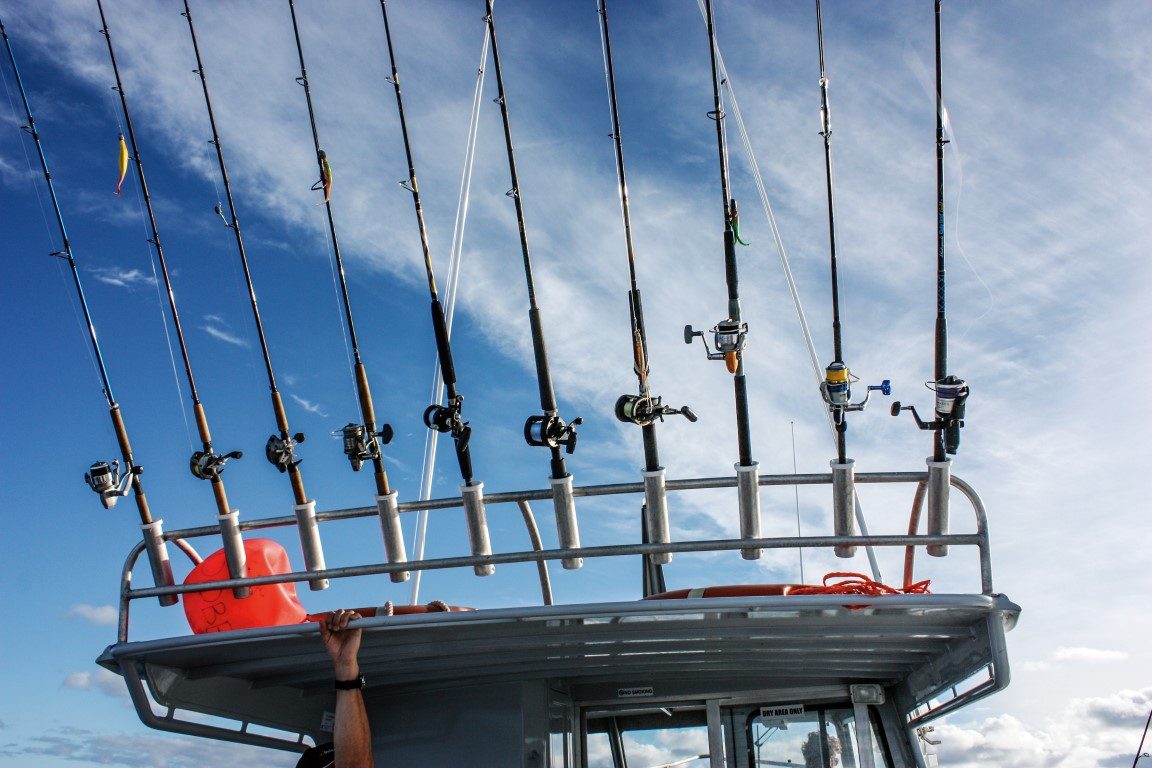
RIGGED RODS IN ROD HOLDERS
I understand why anglers often leave rods rigged with lures or sinkers in rod holders, ready to be used at a moment’s notice.
However, the practice can be very dangerous, especially when whippy rods, sharp hooks and a decent amount of weight are involved. Securing the hook to the hook-holder under the tension of a bent rod only keeps the rig secure some of the time – rough seas produce sudden jolts that dislodge hooks, especially to rods stored up high in a rocket launcher when pitch, roll and deceleration forces are greatest. When this happens the unsecured weight is free to fire around, smashing into other outfits, the boat, its windows and even those on board.
